After acquiring another company in a landmark $60 billion deal, ExxonMobil, the country’s leading gas and energy provider, announced a massive layoff with the Texas Workforce Commission.
ExxonMobil acquired Pioneer Natural Resources, another large Texas company specializing in hydrocarbon exploration. Now, 59 Pioneer employees discovered that they will be laid off at the end of September.
Laid Off Employees
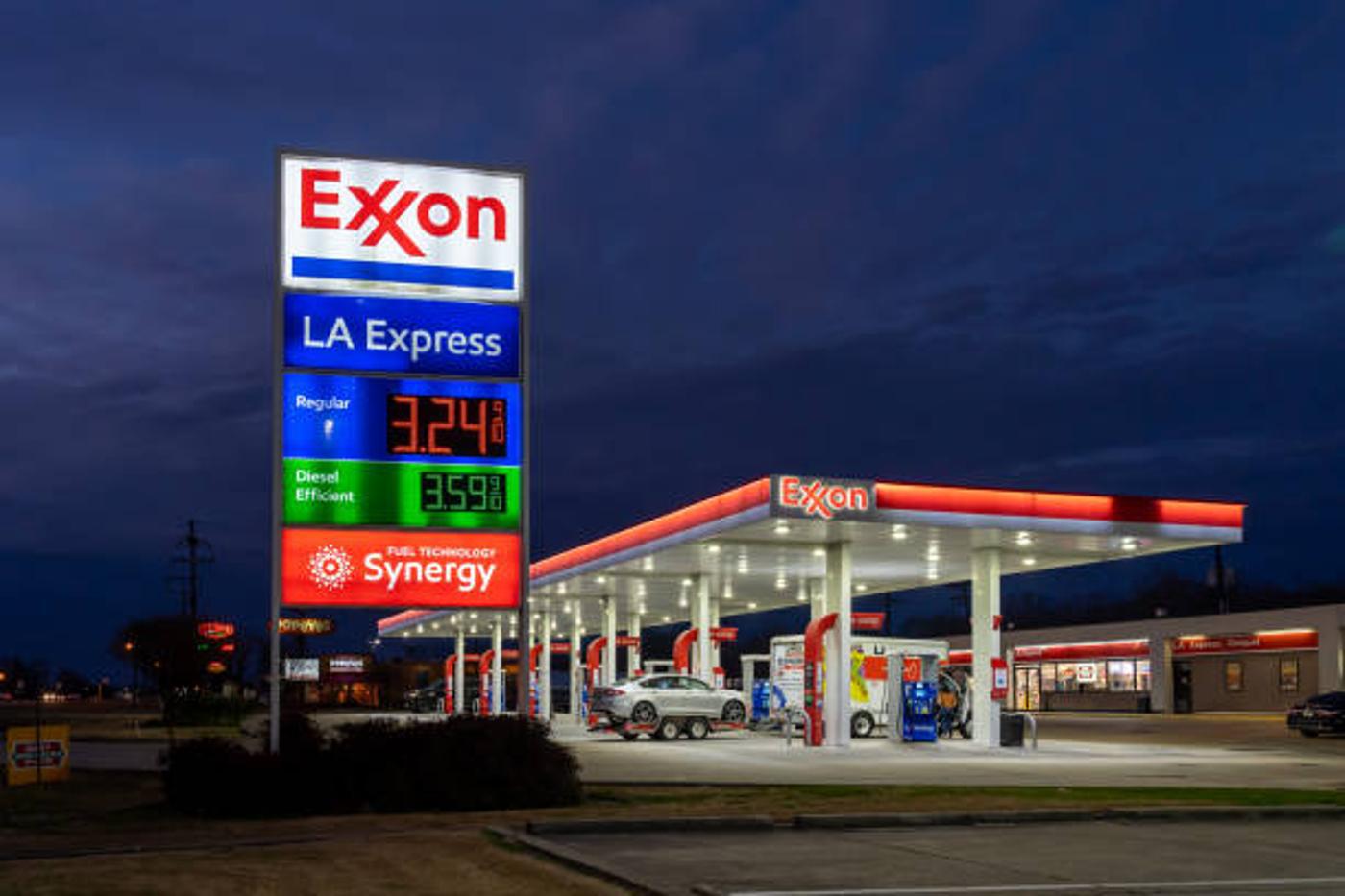
A Worker Adjustment and Retraining Notification confirmed last month that 59 employees from the newly acquired Pioneer will lose their jobs.
Most of the employees being let go are located in Las Colinas, a community development in Irving, Texas, where the Pioneer headquarters are based.
Other Locations

The other 18 employees who are losing their livelihood are located in Midland, including the Midland downtown office.
Two more employees are located in Big Lake.
Opportunity to Transition

The workers who recently received the layoff notice will be given the opportunity to transition into roles with the new parent company, Exxon.
However, according to a statement, some have declined outright to join the company. So far, the company has yet to confirm how many people will join Exxon and how many will ultimately leave.
Large Employee Base
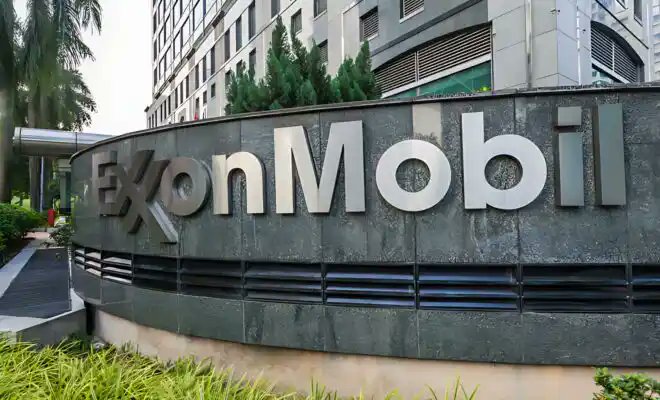
The Irving, Texas, company specializes in obtaining and selling petroleum, natural gas liquids, and natural gas. It has sold billions of barrels of oil in the past.
Before the large acquisition, Pioneer employed more than 2,200 people. Since the May merger, roughly 1,500 employees have been offered official positions with Exxon.
The Merger Needs Strong Employee Support

For two companies to merge their operations, the key factor is usually employee morale and dedication.
Exxon’s public and government affairs manager, Jared Woods, said in a letter to the state Workforce Commission, “Our employment strategy has not changed. The success of this merger depends heavily on the retention of Pioneer’s talented workforce, and more than 1,500 Pioneer employees were offered jobs as part of the merger.”
A Landmark Deal
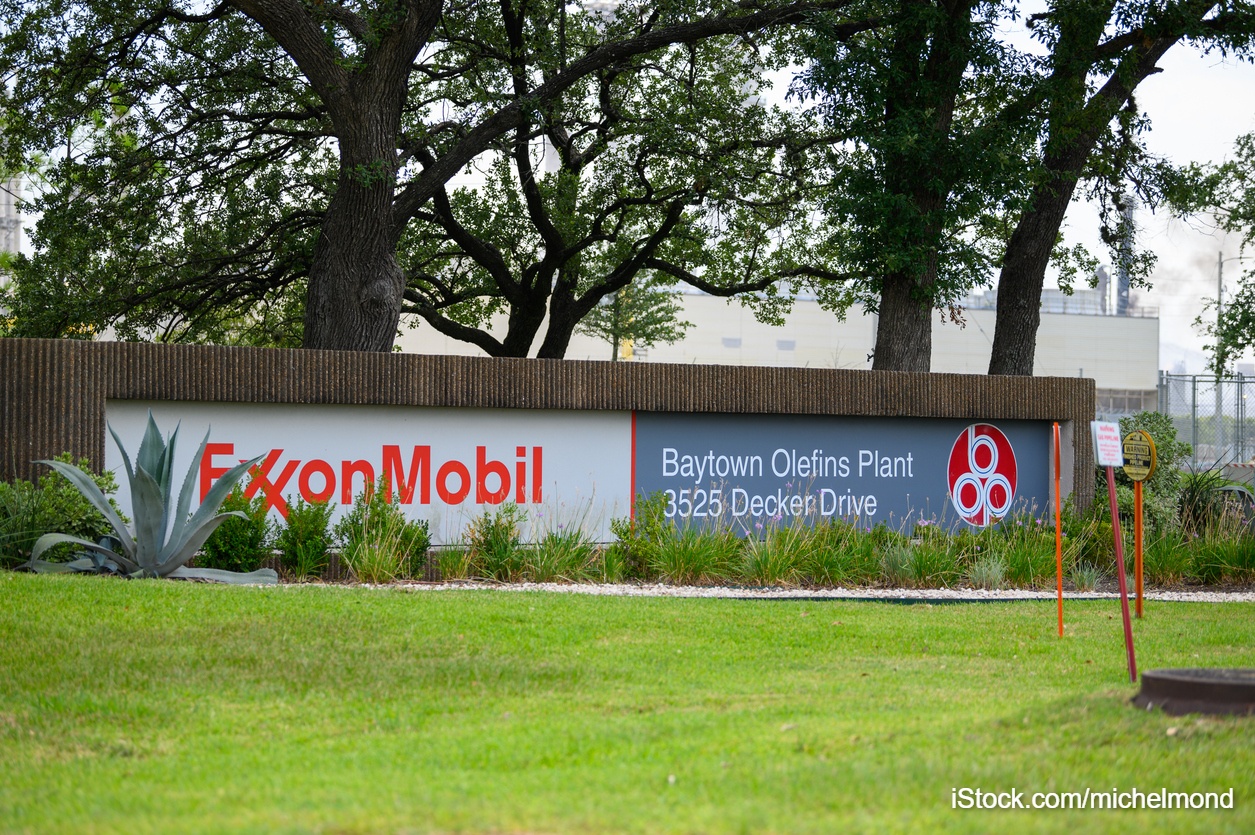
The $60 billion buyout was Exxon’s largest deal in more than 25 years.
The last eye-watering merger was when Exxon officially bought out Mobil, and added it to the official name, for $81 billion in 1999.
The Federal Trade Commission Approved the Sale
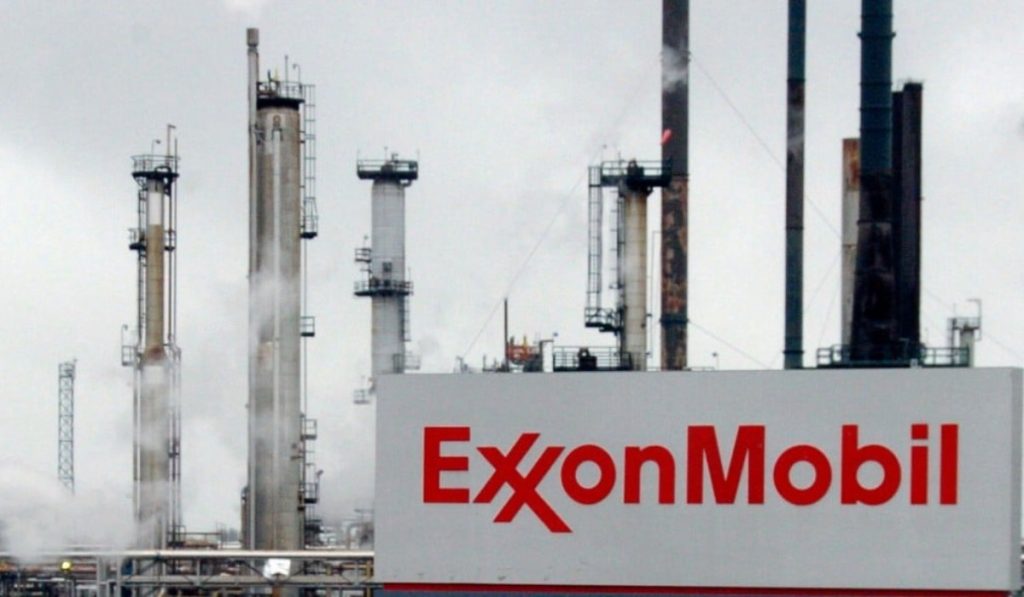
As with large mergers on this scale, the Federal Trade Commission (FTC) approved the deal on the condition that ExxonMobile agreed to ban Scot Sheffield from joining the company’s board of directors or acting as an official advisor to the new company.
Sheffield is the former Pioneer founder and has been accused by the FTC of colluding to raise crude oil prices with OPEC. His current network sits at roughly 171 million dollars, and he owns more than half a million shares of Pioneer.
The Official Collusion Allegations

Sheffield officially became the founding CEO in 1997 and resigned in late 2023.
Earlier in the year, the FTC accused Sheffield of colluding with the Organization of the Petroleum Exporting Countries (OPEC) to inflate oil prices to pad his own pockets. Discovering such behavior takes years of investigation and difficult information to obtain.
Other Restrictions on Board Members

In addition to banning Sheffield from sitting on the board of advisors, the FTC’s approval comes with a few other strict caveats about who can sit on the board or advise the company on business matters.
Exxon cannot nominate or appoint any former Pioneer employee or director for the next five years. However, certain exceptions apply.
Exxon Quickly Took Over
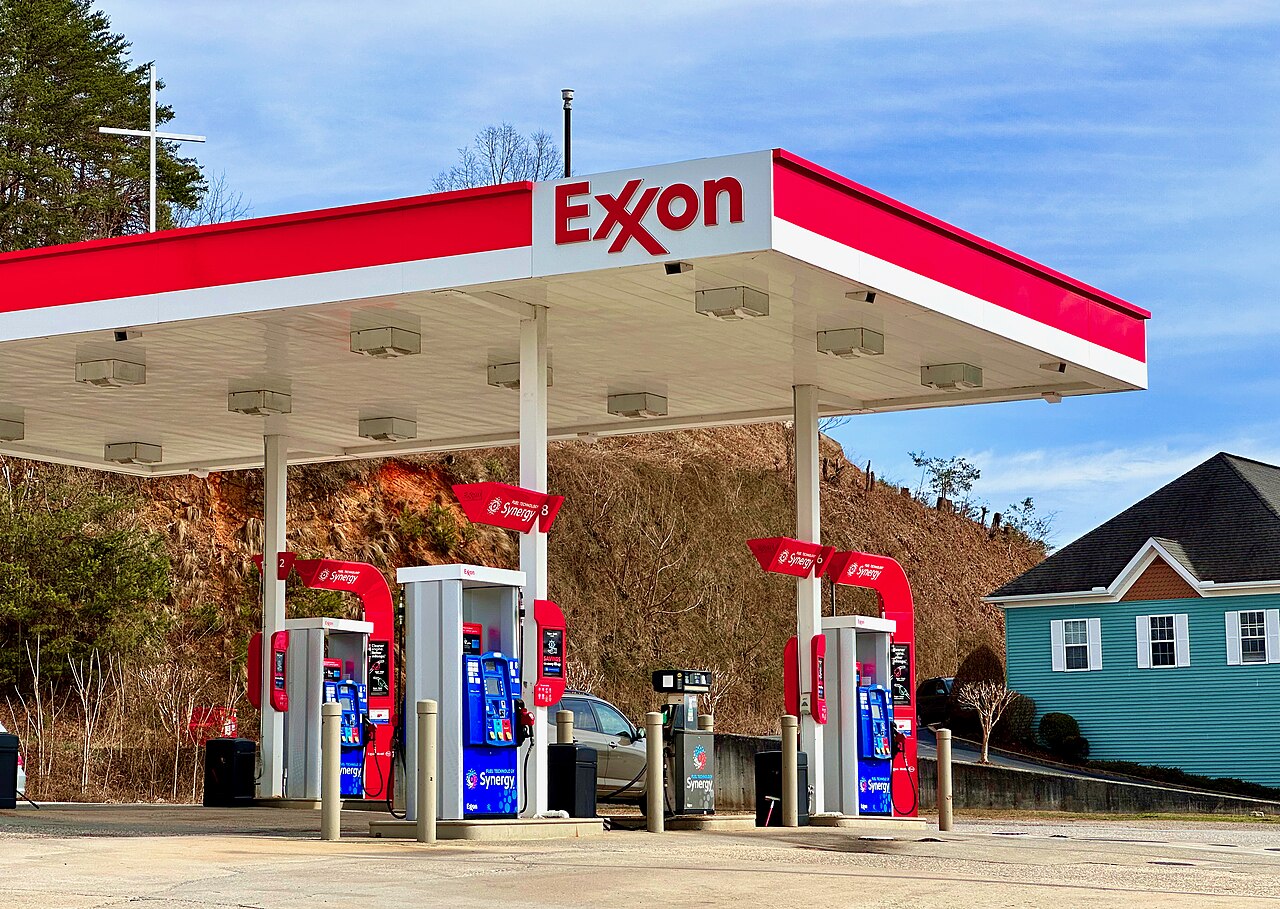
After the FTC made a judgement on Pioneer’s restrictions, Exxon closed the deal just a day later, showing just how excited the company was to buy out the oil supplier.
Now, Exxon will take over 850,000 acres of Pioneer’s commercial property located in the Midland basin. It will be added to Exxon’s 570,000 acres to create a massively powerful oil field.
Thousands of Oil Fields

According to the Federal Reserve Bank of Dallas, the Permian basin accounts for more than 40% of US oil production. This is a huge shale basin with one of the highest oil field productions in the United States.
Although the basin already has 7,000 individual oil fields, more could be added. The buyout was a strategic decision for Exxon to become one of the biggest oil producers in the United States, effectively positioning itself close to a monopoly.








































